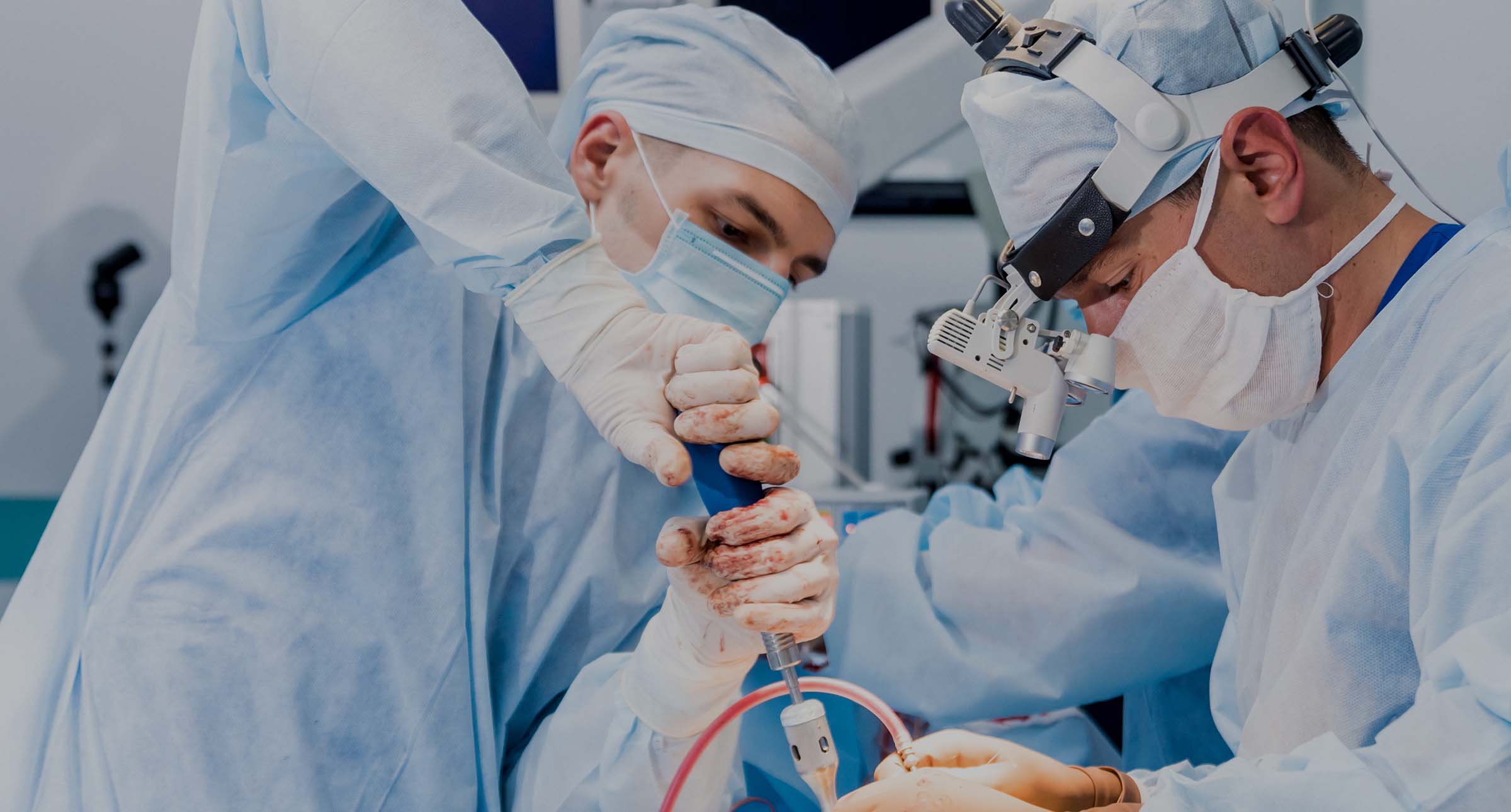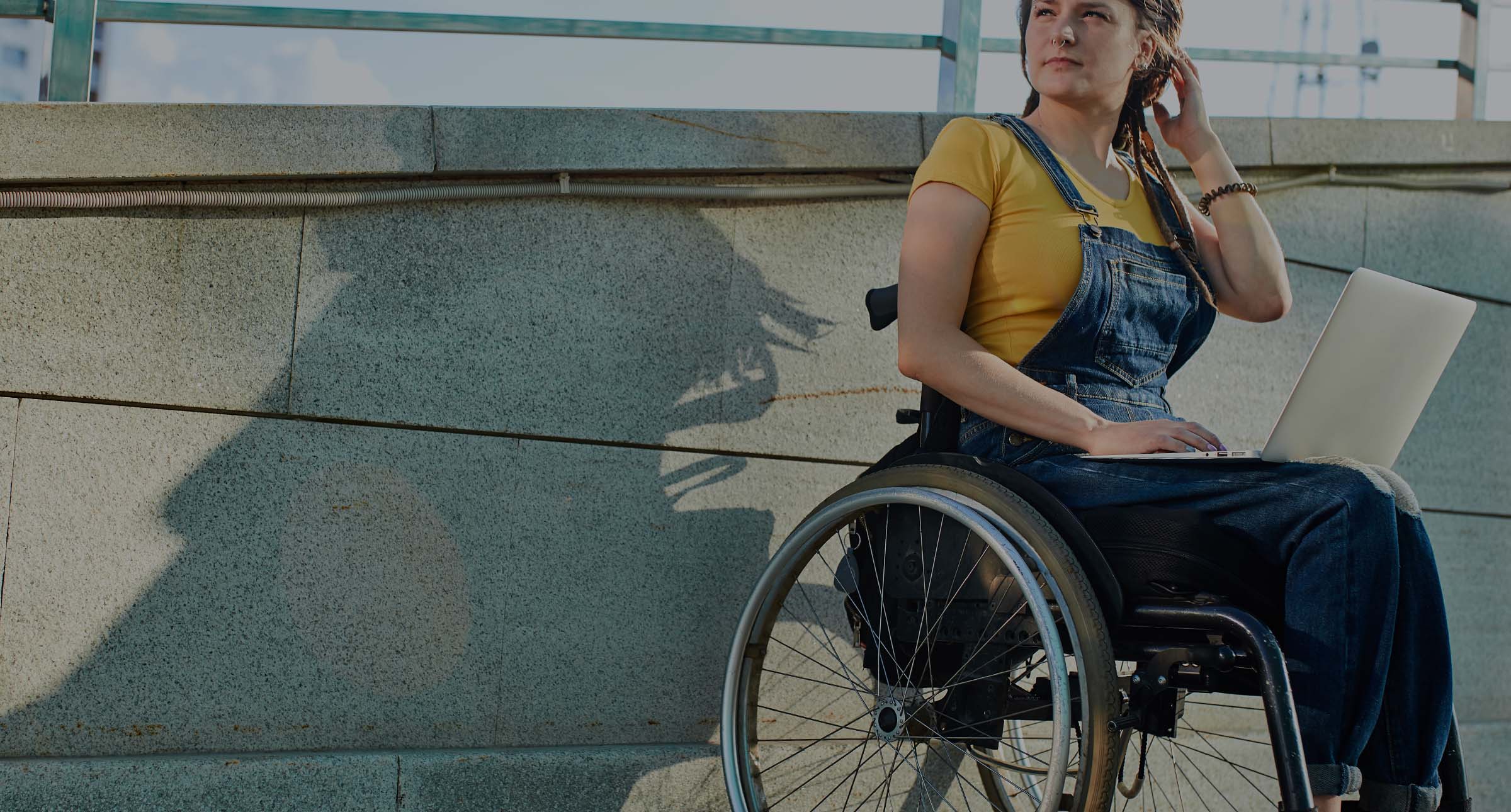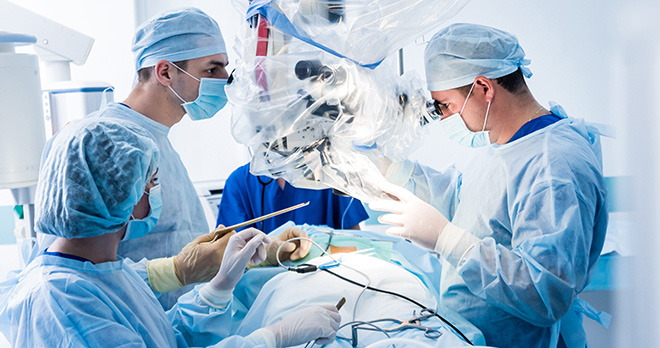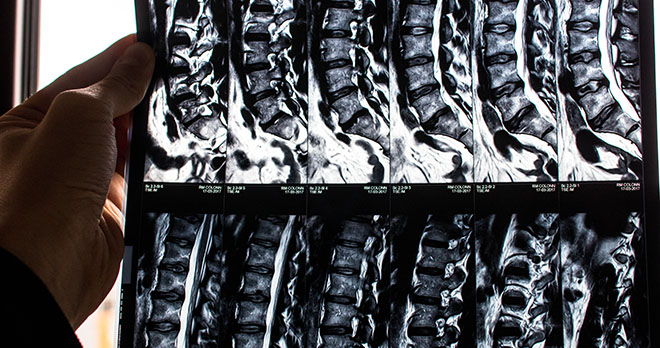Negligent scoliosis surgery leads to £150,000 settlement for young man with permanent injuries
Simon Elliman secured a lump sum of £150,000 for a 23-year-old man for injuries he sustained as a result of negligently performed scoliosis surgery. The negligent surgery has resulted in increased pain, stiffness and numbness for our client, required him to undergo additional invasive surgery, caused a pseudoarthrosis and will even require him to undergo further invasive surgery in the future. He has also suffered psychologically as a result of his injury.
How the injury occurred
At age 14, our client was diagnosed with an idiopathic scoliosis with an approximate 40 degree thoracolumbar curve. He was referred by his GP to a consultant neurosurgeon via the NHS. The neurosurgeon noted that our client already had a substantial curve, that the curve would be highly likely to progress, and he therefore added our client’s name to the waiting list for correction of scoliosis and also booked him in for an MRI scan. Surgery waiting times were about a year at this point.
Our client’s father became worried about the ongoing wait for surgery and made arrangements for our client’s care to be expedited by using his private medical insurance. He researched various available surgeons and approached Mr Hutchinson.
Our client was first reviewed by Mr Hutchinson on 19 January 2015, who found our client to be very tall for his age and judged him to be significantly out of balance by about five centimetres. Mr Hutchinson described a very large rib hump and the thoracolumbar junction and found that loading his posterior elements on extension caused pain in the lower lumbar spine.
It is recorded that that Mr Hutchinson spoke to our client’s parents about some of the risks of surgery. In his subsequent letter, he set out some of the risks and complications he had advised upon and also signposted our client to various websites. However, Mr Hutchinson failed to advise our client that the surgery could be undertaken by either an anterior or posterior approach and that the approach adopted was likely to impact the level of the spine that would be operated on, which in turn could impact scar healing and the prominence of the metalwork, Therefore, iIt was our client’s case that Mr Hutchinson failed to obtain informed consent for the index surgery.
Mr Hutchinson reviewed our client again in clinic on 17 February 2015. He had obtained up-to-date x-rays at this point which showed that the curve had progressed to 57 degrees, with severe rotation of probably 45 degrees at the apex. He recorded that he had gone through the operating technique with the family and talked to them about paralysis, incontinence, failure of implants and inadequate correction, and they were happy to sign a consent form on admission. It is our client’s case that again, Mr Hutchinson did not advise that the surgery could be undertaken by either an anterior or posterior approach or the risks or benefits associated with each approach.
Our client underwent the index surgery on 16 March 2015. The operation note contains minimal detail, but states that a T10-L3 fusion was undertaken.
Our client was reviewed six weeks following surgery. Mr Hutchinson commented that at the time of surgery, based upon traction films and inter-operative x-rays, the fixation had been finished at L2 (rather than L3). However, standing x-rays in clinic on 27 April 2015 were said to be quite disappointing and he stated that he suspected that he were going to have to extend the fusion. The plan was to give our client another six weeks and then re-x-ray at the end of that time and if necessary, he should be brought back in and the fusion should be extended, probably down to L4.
Our client was reviewed again in clinic on 1 June 2015. His curve was said to continue to progress below the fixation and an early revision was indicated.
Our client then underwent revision surgery on 1 July 2015, nine weeks or so from the primary procedure. Again, the operation note was minimal in detail and the post-operative x-ray demonstrated extension to L4, with domino attachment of additional rods.
Our client was reviewed again approximately a year later. On this occasion, Mr Hutchinson noted that our client had marked oblique take-off at L4/5 and L5/S1, which he described as being “the source of some concern”. However, x-rays showed nothing had changed. Our client was described as being much better than he was prior to surgery, but was getting “nuisance value” back pain. The recorded plan was that it was necessary to “keep an eye” on our client.
In March 2019, our client’s case was reviewed by a different surgeon, and it was concluded that he may have been a good candidate for anterior surgery. It was noted that the fixation had only gone down to L2, which is the apex of the curve, where it was very rotated, but a secondary procedure gave suboptimal correction as a result of this. It was noted that only five levels had been fixed and the operation notes stated six levels from T10 to L3.
The impact upon our client
As a result of Mr Hutchinson’s alleged negligence, our client did not achieve the correction that he expected from the first surgery. His spine is now fused down to L4, rather than L3 as it would have been with an anterior approach. He therefore had to undergo an additional invasive surgery in July 2015 after living for around four months with the poor result from the initial surgery.
Our client has been left with significant ongoing physical symptoms including increased pain, stiffness and numbness, has required additional invasive surgery, has a pseudoarthrosis at L3/L4 and will require further invasive surgery in the future. In addition, he has suffered psychiatric injury as a result of the negligence.
Our client’s symptoms are permanent and are likely to deteriorate further. In light of his worsening symptoms, he is likely to require further surgical intervention for progressive loosening/increasing pseudarthrosis in the next 10 years. The required procedure would likely be an anterior and posterior revision surgery.
Degenerative changes of levels below the construct are also contributing to pain. Sitting or standing for prolonged periods causes significant discomfort. His back is stiff and bending is restricted. He struggles to undertake heavier gardening, DIY and cleaning, all of which cause him pain. Professional assistance will be required going forward. In addition, our client will be at a disadvantage on the labour market. He is pursuing a career in engineering. The inability to either sit for long periods and travel long distances will put him at a disadvantage compared to other candidates.
Our client has suffered dual psychiatric injuries as a result of the effects of negligence. He has suffered an exacerbation of three depressive episodes and anxiety symptoms. The same were longer and more severe due to the negligence. In particular, our client’s concerns regarding the appearance of his back led to a lack of confidence in forming relationships, together with the pain and stiffness, all of which contributed to depression and anxiety. He also suffers from low self-esteem and poor body image as a direct result of negligence. He is likely to need a course of CBT at the time of his next surgery.
Bringing a claim for medical negligence
On 8 June 2020, a letter was sent to our client from the Spire Healthcare stating that some concerns had been raised about Mr Hutchinson’s practice and that the Spire Hospital had commissioned a clinical record review of a sample of patients. Our client’s records were included in that sample. Some areas of concern were identified with respect to the index surgery performed in March 2015. The independent review team felt that the curve of the patient’s spine would have warranted correction from T10 to L3 and that the reason for the poor correction might relate to the procedure having stopped one vertebra short. Follow-up x-rays have shown poor correction and significant truncal shift.
Mr Hutchinson maintained a full denial of liability. Expert reports were commissioned, and settlement negotiations were entered into, resulting in our client accepting £150,000 in settlement of his claim. This figure includes:
- provision for ‘general damages’, for our client’s pain, suffering and loss of amenity which reflects the fact that his day to day function has been impacted, that he has undergone an avoidable operation and will do so again in the future;
- the cost of care and assistance and other expenses, he would not have incurred in any event, such as travel expenses;
- the cost of future orthopaedic treatment our client will require on a private basis and the care/assistance and loss of earnings that he will experience when he has this surgery
- the impact of the negligence on our client’s mental health was also taken into account and the costs of psychiatric help he may need in the future as a result of the negligence has been included
- provision for future loss of earnings – as a result of his injuries, our client is now restricted in the work that he can do because he now has difficulties with prolonged sitting and travelling.
If you’ve experienced injury after scoliosis surgery, and think your treatment may have been negligent, we can help. Contact our enquiries team today to find out more about whether you can bring a claim for compensation.
Call now








